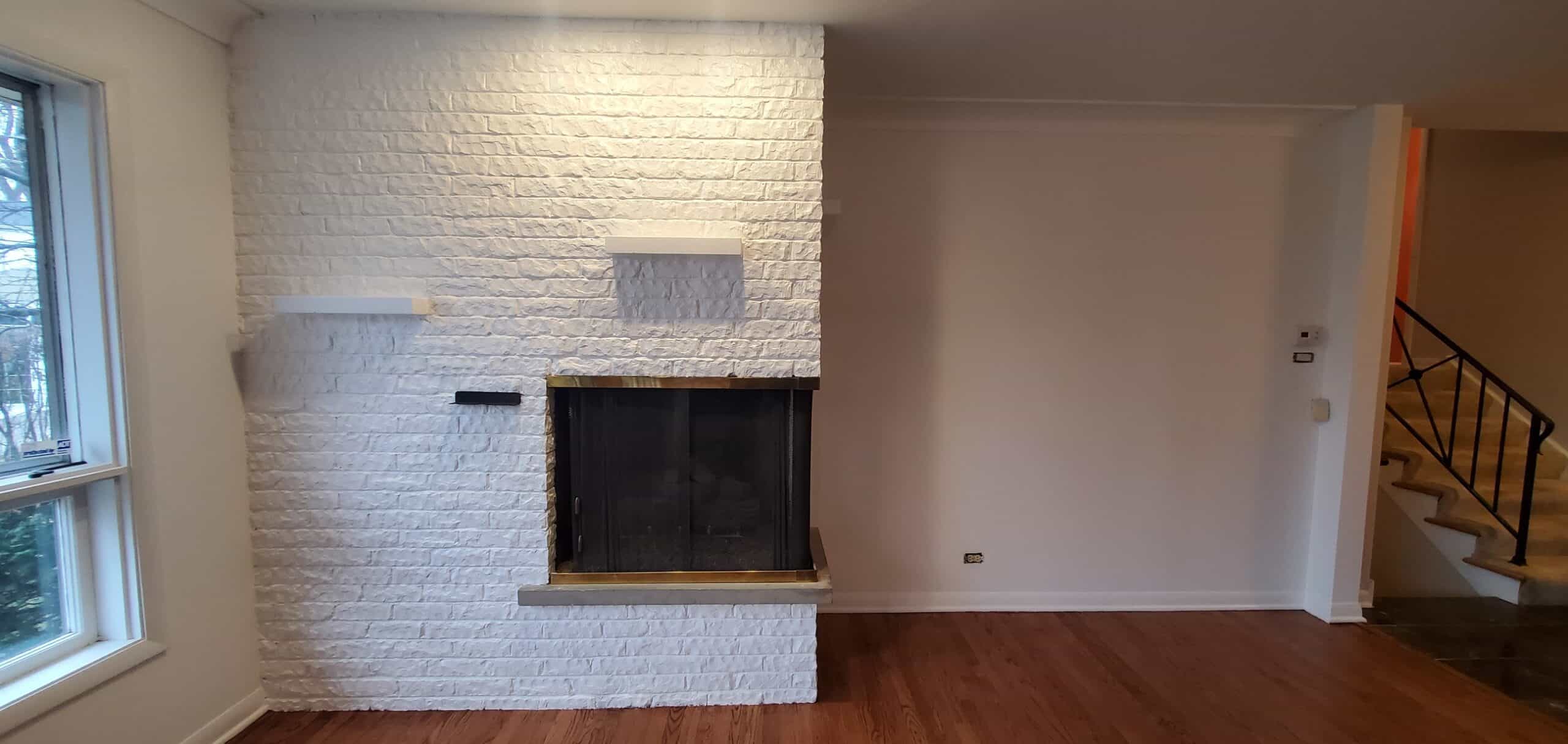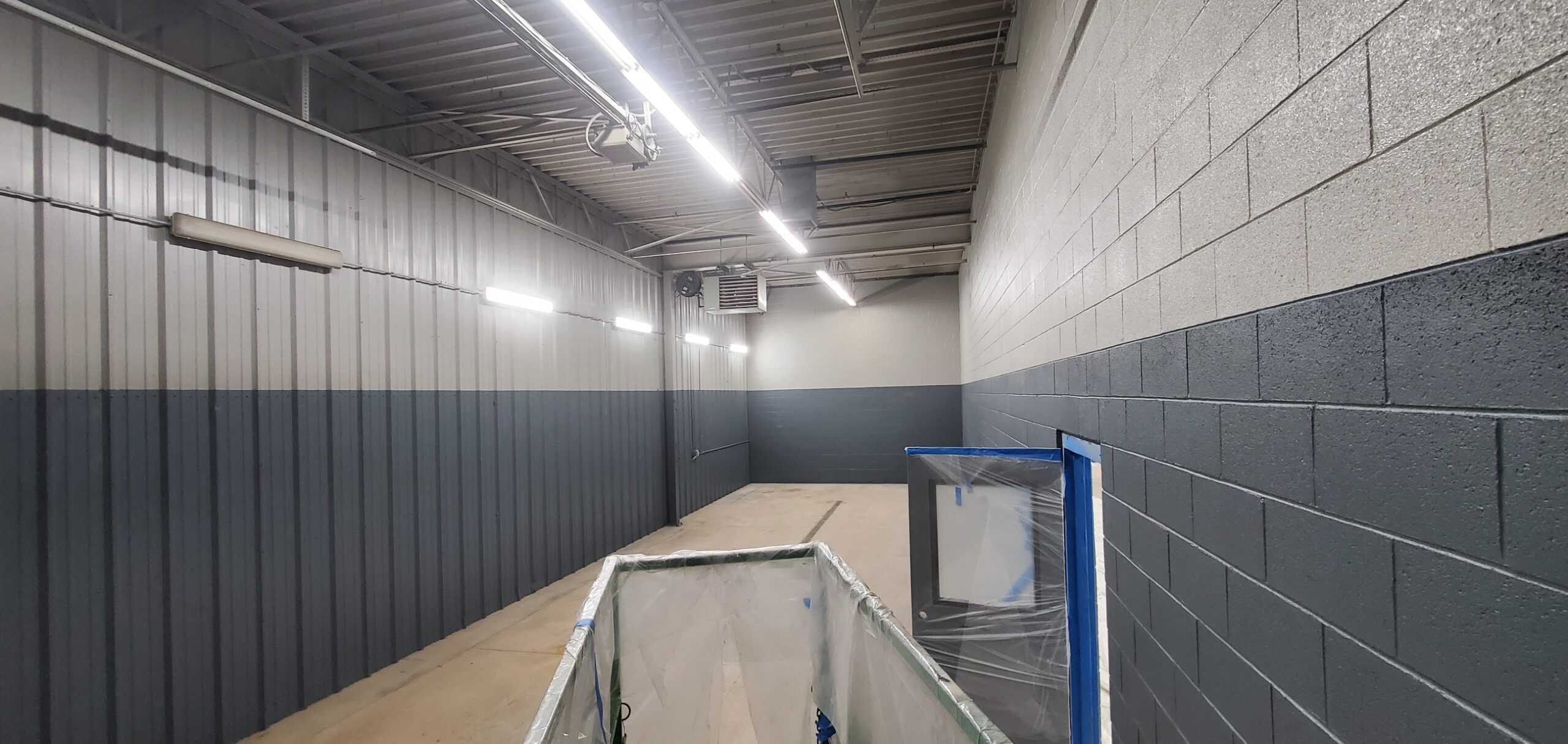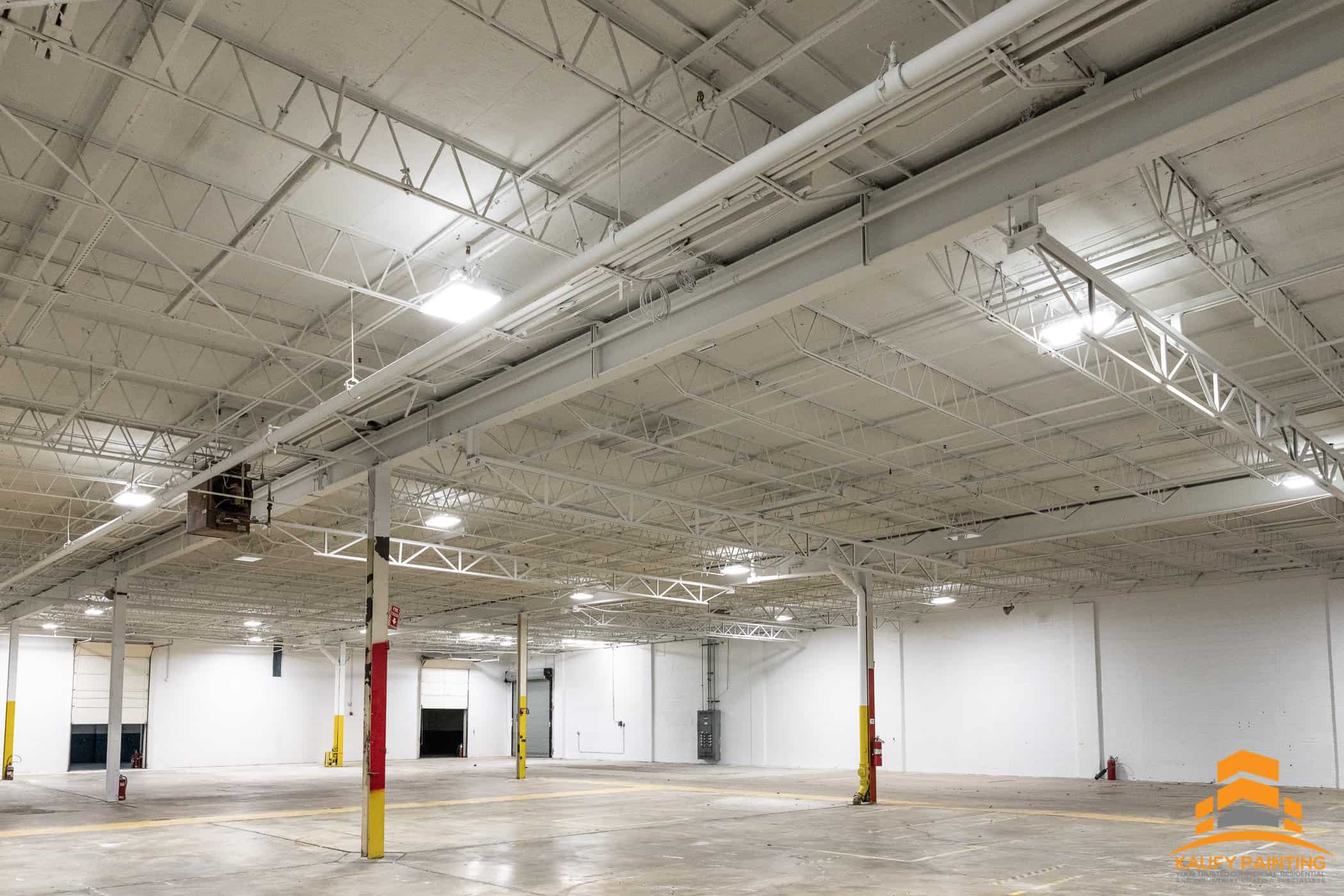Thinking about freshening up your walls but not sure how many coats you really need? It’s a common question for homeowners in Northville, MI who want a smooth, polished finish without wasting extra time or paint.
How many coats of paint for wall actually gives you that perfect, lasting look?
Does the number of coats really make that much of a difference?
Sometimes, it’s the difference in the number of layers that makes one room look professionally painted while another looks unfinished. This guide will walk you through everything you need to know about choosing quality paint, using the right amount of coats, and getting results that last.
Key Takeaways:
- This blog explains how many coats of paint for wall to get a polished, durable look.
- Learn how factors like room type, primer, and paint quality impact coat count.
- Get practical advice for pro results, from picking finishes to drying time.

How Many Coats of Paint for Wall? Here’s the Standard Advice
In general, most walls need at least two coats of paint. That second coat makes all the difference, adding depth, richness, and durability. Here’s what to keep in mind:
Types of Interior Paint
Choosing the right types of interior paint can make your job easier and reduce the number of coats needed. High-quality paint usually covers well with two coats, while lower-quality options may need additional layers to get the same smooth finish. For high-traffic areas like hallways or family rooms, using quality paint is worth it as it saves you time and looks fresher for longer.
Paint Color
The color you choose has a big impact on the number of coats required. Darker colors often need more coats to achieve even coverage, while bold shades like red and deep blue may also require an extra layer for consistency. Lighter or neutral colors tend to cover well with two coats, but it’s always best to check after the second layer to ensure it looks uniform.
Wall Condition
Is the wall freshly installed drywall, an older surface, or one that’s recently been patched? For new drywall, two coats of primer followed by two coats of paint typically provides solid coverage. For walls that already have color, one coat of primer (especially if switching colors) and two coats of paint often do the job. Rough or porous surfaces may need an extra coat for a smooth, even look.
How Room Type Influences the Number of Coats
Wondering how many coats of paint for wall in different rooms? The type of room can impact how many coats you’ll need to get that polished, professional look:
- Hallways and Entryways: These high-traffic areas benefit from durable finishes. While two coats usually work well, a third coat can provide extra protection, especially if the walls are frequently scuffed by foot traffic or heavy use.
- Living Rooms and Bedrooms: For these areas, two coats of high-quality wall paint generally get the job done. Since these rooms don’t face high humidity or constant wear, they don’t need as much durability as a bathroom or kitchen.
- Bathrooms and Kitchens: These rooms see a lot of moisture and heat, so a durable, moisture-resistant paint is ideal. Two solid coats help ensure the paint withstands steam, spills, and daily use.
The Importance of Primer for Coat Count
Primer is essential if you’re looking for a smooth, even finish, particularly when covering dark or vibrant colors. Typically, one coat of primer followed by two coats of paint does the trick. Primer helps the paint adhere better and ensures a more even, lasting finish. It’s especially helpful when you’re covering stains or making a drastic color change. Adding primer can make a big difference in the final look of your walls.
Choosing the Right Paint Finish to Reduce Coats
Before starting your interior painting project, choose first the paint finish. The paint finish you choose plays a big role in how many coats you’ll need and how well your walls hold up over time. Each finish offers different benefits, so picking the right one can help you achieve a polished look with fewer coats and less maintenance. Here’s a quick guide to popular finishes and their best uses:
Flat or Matte Finish
This finish is great at hiding small wall imperfections and creates a soft, non-reflective look. However, because flat finishes can be more prone to scuffs and marks, they may require touch-ups, especially in high-traffic areas like hallways or family rooms. It’s ideal for low-traffic rooms like bedrooms where you want a cozy, smooth feel without a lot of shine.
Satin Finish
With a subtle sheen, satin is both durable and attractive, making it a great choice for busier spaces. This finish is perfect for high-traffic rooms like kitchens and bathrooms, as it’s more resistant to moisture and wear. Satin typically covers well in just two coats, giving you a long-lasting finish that can be wiped clean, so it’s low-maintenance and looks great.
Eggshell Finish
Eggshell offers a slight gloss that strikes a balance between flat and satin. This finish is excellent for areas that need durability without too much shine, like living rooms and dining rooms. Its resistance to scuffs and scratches makes it a practical choice for rooms where you want a polished look that can handle a bit of daily wear. Plus, it usually provides solid coverage with just two coats, making it an efficient option.
Pro Tips for a Interior Paint Project
At J&B Painting, here’s how we approach each project to make sure your walls look fantastic and your paint lasts:
- Choose High-Quality Paint for Busy Areas: Good-quality paint covers better, requires fewer coats, and is longer-lasting. We use paints that stand up well in high-traffic areas, ensuring a finish that will look fresh over time.
- Apply Thin, Even Coats: Thick coats can drip and take longer to dry. We apply thin, even coats for a smooth, polished look, using less paint overall and keeping the walls neat.
- Allow Each Coat to Dry Properly: A perfect finish requires proper drying time between coatings. Rushing through layers can cause streaks and uneven patches, so we give each coat ample time to set.
- Use Quality Brushes and Rollers: Good tools make all the difference. Quality brushes and rollers ensure even coverage, saving time and reducing the need for touch-ups.
If you’re in Novi, Canton, or nearby areas, our team is ready to help you with your paint project from start to finish. We understand that quality and attention to detail make all the difference, whether you’re painting one room or your entire home.
Final Thoughts
So, how many coats of paint for wall should you apply? Getting the coat count right is key to a polished, inviting space. With a little planning—like selecting quality paint, the right finish, and using primer—you can achieve a professional look that lasts. While two coats work for most rooms, the actual number can vary based on the room type, wall condition, and color choice.
A well-planned paint project holds up to everyday wear and tear. Investing in the right number of coats means fewer touch-ups and a finish that stays vibrant. If you want your walls to make an impression that lasts, we’re here to help.
Call us at 248-629-2458 for a FREE estimate, and let’s make your space look incredible with a beautiful, lasting finish!



